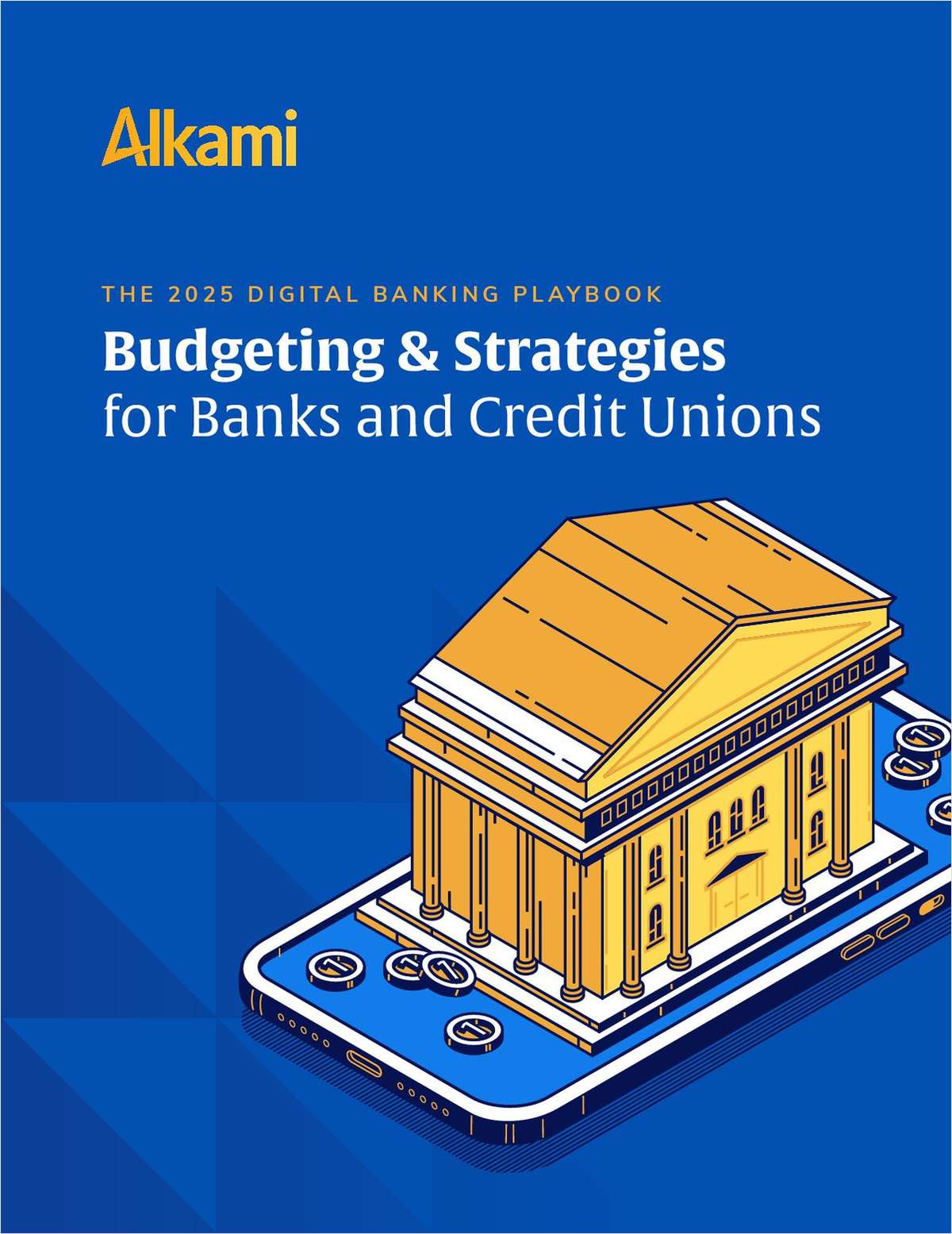
Need To Know June
CUTimes Marketing Blog
June 2021: Post-pandemic Marketing Mix: Branding + Performance Marketing
Many credit union marketers dramatically accelerated their use of digital marketing during the pandemic, focusing on lead-generation and other performance marketing tactics.
But as a recent article in the Harvard Business Review points out (Ten Truths About Marketing After The Pandemic) as we move forward there is a strong need to balance brand/product awareness and performance marketing to achieve the best results.
“Many companies are bringing their customer relationship (CRM) team closer than ever to their media teams to see the full continuum more easily and realize efficiencies,” writes the author, Janet Balis who heads consultant E&Y’s CMO practice.
“It will be important for companies to leave space for both brand and performance marketing given that bottom funnel strategies drive top funnel goals and vice versa. Simply put, they work better together,” she says.
I couldn’t agree more. And this is a key reason why Credit Union Times is now offering a new Integrated Marketing Hub solution.
We’re offering branding and awareness with a big-time promotional program that drives prospects to four of your brand/product assets on an interactive content hub. And we offer performance marketing via a lead-gen program and a follow-on ad program that provides air cover as your sales team follows up on the leads. (Click here for details). And all of this is project managed for seamless execution.
As always, if you have any questions, please feel free to contact me via email at [email protected]. And lastly, as usual, please read on to find the latest credit union industry developments that are most important for marketers to know about.
Trends Credit Union Marketers Need to Know
- M&As. There were 33 approved credit union mergers in the first quarter of the year, and the industry is on track for a record M&A year at this pace. The reasons are that smaller credit unions, that were struggling before the pandemic, are falling farther behind and have become prime targets for mergers or acquisitions by the larger credit unions. While revenue and membership numbers are expected to continue climbing, the actual number of credit unions are predicted to be cut in half in the next five years.
- Pandemic-related retirements. The number of low- and high-profile retirements being announced is picking up, now that we are heading into a somewhat post-pandemic world. The average age of credit union CEOs/executives is around 66-years-old, and many of those executives delayed retirement to get the CU through the pandemic. The hunt is on for several new executives to replace the outgoing executives, and this trend is expected to peak later this fall.
- FOM expansion. Whether it be through the acquisition of empty/abandoned bank branches, opening up new credit union branches, or approval from the NCUA, several credit unions have been able to expand their Field of Membership in recent weeks. There are a number of similar applications with the NCUA for credit unions to gain regulatory approval for the expansions. This push is driving up membership numbers and will be a strong growth trend going forward.
- Post-PPP trends. Credit unions of all sizes were able to join in the Paycheck Protection Program. Now that the PPP application timeline has expired, credit unions are looking for help from the SBA, state regulators, lawmakers and the NCUA to help not only collect the proper data, but to assist small business members who may have received a PPP loan that’s too small, or received nothing, with potentially another series of loans or grants to support the credit union business community.
Trending Stories
- 1CFPB Issues New Policy on Criminal Referrals, Raising Compliance Stakes for Credit Unions
- 2Fintech Partnership in Practice: How Credit Unions Accelerate Innovation, Improve Lives and Strengthen Communities
- 3Ohio Members Stopped the Merger, Only to Watch Their Credit Union Collapse
- 4Conversational Chat AI: A Strategic Imperative for Retaining Millennial & Gen Z Members
- 5A Health Check of the Credit Union Mortgage Market





















